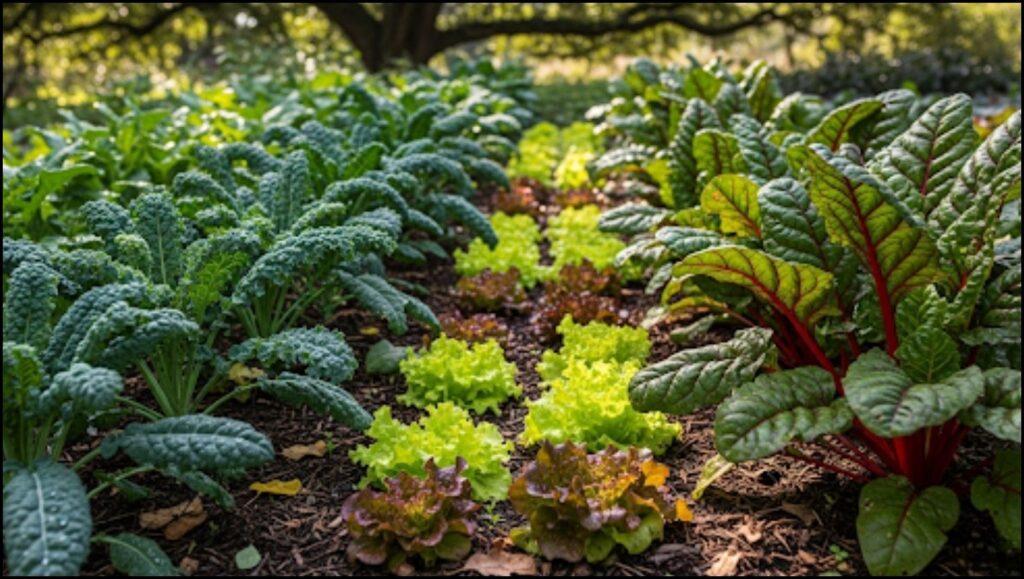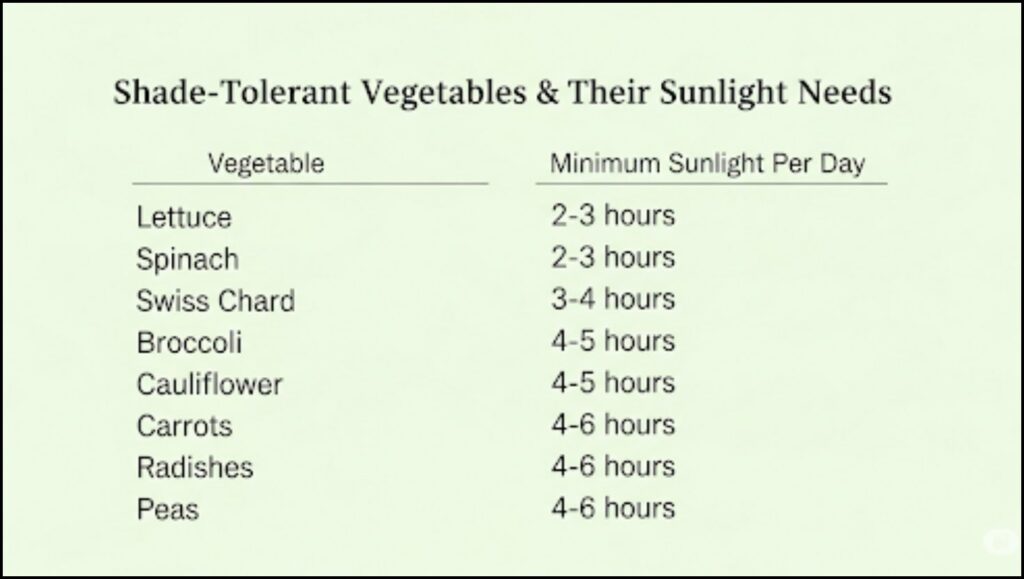
For many aspiring gardeners, a yard dominated by mature trees or a north-facing apartment balcony can feel like a barrier to growing fresh food. However, horticultural experts report that a lack of direct sun is not a disqualifier. A diverse selection of shade-loving vegetables can flourish with as little as three to four hours of sunlight, opening up new possibilities for food production in urban and suburban landscapes.
This renewed focus on low-light gardening comes as land access changes, with smaller residential lots and increased urbanization creating shadier home environments. Agronomists and university extension programs are increasingly providing guidance on how to successfully cultivate crops without the eight hours of direct sun traditionally considered essential for vegetable gardening.
Understanding Shade in the Garden
Before planting, it is crucial to accurately assess the type of shade a garden receives. Horticulturalists typically classify shade in three categories.
“Many people hear ‘shade’ and think it’s a single condition, but it’s a spectrum,” said Dr. Sarah Evans, a horticultural researcher at the University of California Davis Agricultural Extension. “Understanding if you have light shade, partial shade, or full shade is the first step to a successful harvest.”
- Light or Dappled Shade: This involves sunlight filtered through the high canopy of trees, creating a moving pattern of light and shadow. Many crops thrive here.
- Partial or Half Shade: This refers to areas that receive between three and six hours of direct, unobstructed sunlight per day, typically in the morning or late afternoon. This is the ideal condition for most partial shade crops.
- Full Shade: An area receiving less than three hours of direct sun, with the remainder of the day in bright, indirect light. While the most challenging, some hardy greens can still be productive.
Top Performing Shade-Loving Vegetables
Experts agree that crops grown for their leaves, stems, or roots are the best candidates for lower-light conditions, as they do not need the intense solar energy required to produce fruits like tomatoes or peppers.

Leafy Greens: The Uncontested Champions of Shade
The most reliable choices for shady spots are leafy greens. According to a guide from the Purdue University Extension, cool-season greens often benefit from shade, especially in warmer climates, as it prevents the soil from getting too hot and keeps the leaves tender.
“Shade is actually a benefit for crops like lettuce and spinach,” Dr. Evans confirmed in a university publication. “It slows down the process of ‘bolting,’ where the plant flowers prematurely, which can turn the leaves bitter.”
Top performers in this category include:
- Lettuce: Loose-leaf varieties are more adaptable than head-forming types like iceberg.
- Spinach: A fast-growing crop that produces well in as little as three hours of sun.
- Arugula: Known for its peppery flavor, it grows rapidly in cool, shady conditions.
- Kale and Swiss Chard: These nutrient-dense greens are exceptionally hardy and will produce a sustained harvest from a partially shaded location.
- Mustard Greens: Another fast-growing green that tolerates shady conditions.
Root Vegetables: Slower Growth, Same Great Flavor
While root vegetables need enough sun to power leaf growth, which in turn feeds the root, many can successfully grow with four to five hours of direct light. A report from the Cornell University Cooperative Extension notes that root development may be slower and the final size smaller than their full-sun counterparts, but the flavor remains excellent.
“Patience is key with root crops in the shade,” the Cornell guide states. “You are trading speed for the ability to grow in a less-than-ideal spot.”
Recommended root vegetables include:
- Carrots: Will grow more slowly but are often sweeter when grown in cooler, shaded soil.
- Radishes: As a very fast-growing crop, they are one of the most reliable roots for partial shade.
- Beets: Both the root and the leafy tops are edible, making them a dual-purpose choice.
- Turnips: Similar to beets, they can be harvested for both their roots and greens.
Hardy Brassicas and Herbs
Several members of the cabbage family (Brassicas) can also be considered partial shade crops. While they perform best with more sun, giving them shade from intense afternoon heat can prevent stress and improve quality. This group includes broccoli, cauliflower, and Brussels sprouts.
For smaller nooks and crannies, a number of culinary herbs flourish without direct sun. Mint, chives, parsley, and cilantro are all well-suited for low-light conditions.
Keys to Success in a Shady Garden
Simply choosing the right plants is only part of the equation. Horticultural experts emphasize that gardeners must adapt their techniques for low-light gardening.
“Because plants in the shade are photosynthesizing less, they need every other advantage you can give them,” said David Mitchell, a master gardener with the Royal Horticultural Society. “This starts with the soil.” He advises amending garden beds with ample compost and organic matter to provide readily available nutrients.
Furthermore, shaded areas retain moisture longer. Gardeners should check the soil before watering to prevent root rot and fungal diseases, which are more common in damp, shady environments. In some cases, using reflective mulch or painting an adjacent wall white can help bounce additional light onto the plants.
As urban and suburban lots become more developed, maximizing the productivity of every square foot is a growing priority. By embracing shade-loving vegetables, gardeners can transform previously overlooked areas into productive, edible landscapes, proving that a bountiful harvest is possible even where the sun doesn’t always shine.
Experts Identify Best Grasses for Erosion Control Amid Worsening Soil Losses
